China Expands Swap Connect to Boost RMB Asset Appeal and Deepen Financial Market Openness
In a joint statement, the People's Bank of China (PBoC), the Hong Kong Securities and Futures Commission (SFC) and the Hong Kong Monetary Authority (HKMA) have outlined new measures to enrich the product suite under Swap Connect. These enhancements—extending contract tenors to 30 years and introducing LPR-referenced interest rate swaps—aim to deepen Mainland–Hong Kong financial integration, bolster offshore investors' risk-management tools, and advance high-level opening-up of China's markets.

Broadening the Scope of Swap Connect
Since its launch on May 15, 2023, the Mainland and Hong Kong interest rate swap markets mutual access scheme (Swap Connect) has provided offshore institutions with a direct channel to China's interbank derivatives market. Building on operational experience and investor feedback, the three authorities will roll out:
Tenor Extension: Swap maturities will be lengthened to 30 years, addressing long-dated liability hedging and matching the full business cycle needs of global asset managers.
LPR-Based Swaps: New contracts referencing the Loan Prime Rate (LPR) will diversify hedging tools beyond the current 7-day repo rate basis, aligning with onshore lending benchmarks.
Infrastructure operators in both markets will progressively implement these changes, ensuring a seamless transition for participants.
A Growing Channel for RMB Interest Rate Risk Management
Swap Connect has demonstrated robust growth:
12,000+ transactions completed through April 2025
RMB 6.5 trillion in aggregate notional principal
Engagement by 20 Mainland dealers and 79 offshore investors
Following the May 2024 enhancements—such as IMM-date contracts, historical-start swaps, and compression functionality—these latest measures further refine the scheme, making RMB interest-rate hedging more accessible and sophisticated for pension funds, sovereign wealth funds, and multinational corporates.
Aligning Market Infrastructure with International Norms
The scheme's evolution reflects China's ambition to harmonize domestic trading infrastructure with global standards. By offering long-dated tenors and LPR referencing, the Swap Connect reforms bridge structural gaps that have historically limited the depth of onshore RMB derivatives. This alignment not only meets investor demand for advanced tools but also underpins broader RMB internationalization efforts.
Investor Protection at the Core of Capital Market Reforms
Coinciding with National Investor Protection Day (May 15), the China Securities Regulatory Commission (CSRC) reaffirmed its commitment to shielding both retail and institutional investors. CSRC Vice Chairman Chen Huaping highlighted five key priorities:
High-Quality Market Development: Strengthen foundational protections through robust growth
Institutional Frameworks: Fortify legal and regulatory safeguards
Service Modernization: Elevate securities and fund management capabilities
Strict Enforcement: Deter misconduct through rigorous penalties
Diversified Redress: Expand channels for dispute resolution
These measures signal greater transparency and rule-of-law adherence, critical factors for non-Chinese financial professionals assessing China exposure.
Implications for Global Financial Institutions
For banks, insurers, and asset managers in the Asia-Pacific, the Swap Connect enhancements translate into more precise, long-term hedging strategies using onshore instruments. With Hong Kong as the exclusive offshore clearing center, the city's role as a strategic gateway to China's debt markets is further cemented. As global yield seekers navigate shifting rate environments, RMB products—backed by extended maturities and richer reference-rate choices—offer compelling diversification.
A Measured Step Toward Global Integration
China's calibrated approach to financial market liberalization—balancing greater access with investor safeguards—underscores its commitment to constructive opening-up. By enriching Swap Connect and reinforcing protection frameworks, regulators are laying groundwork for a more credible, resilient, and internationally integrated RMB ecosystem. For foreign financial professionals, these developments present a clear invitation: engage with China's markets through increasingly sophisticated, secure, and investor-friendly channels.








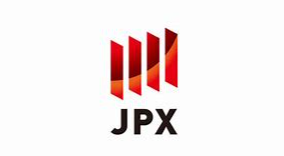
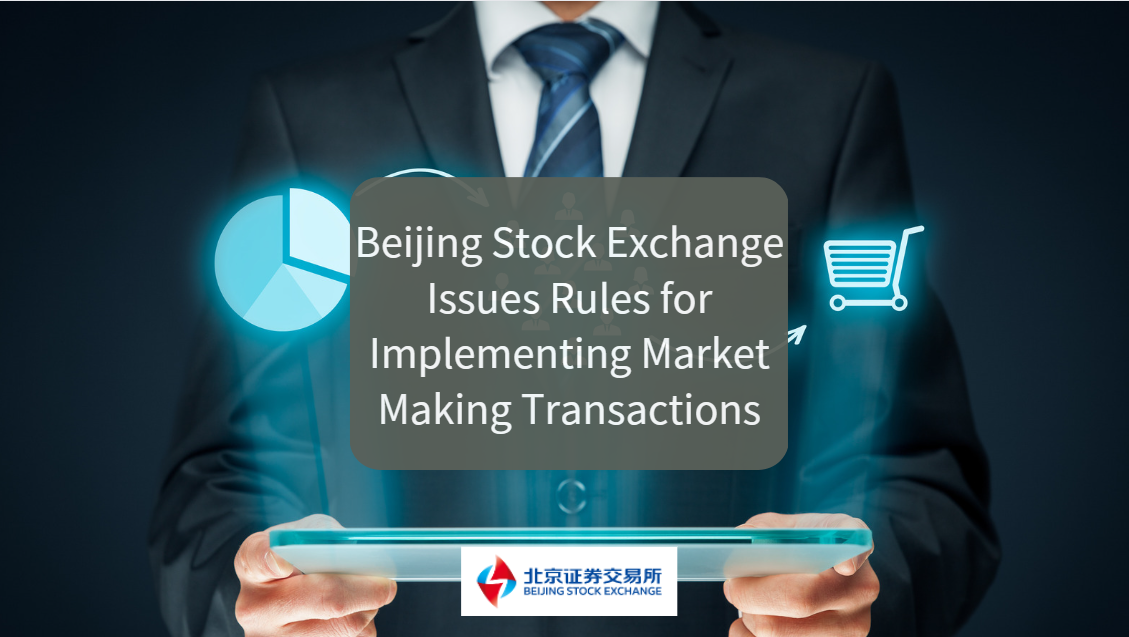

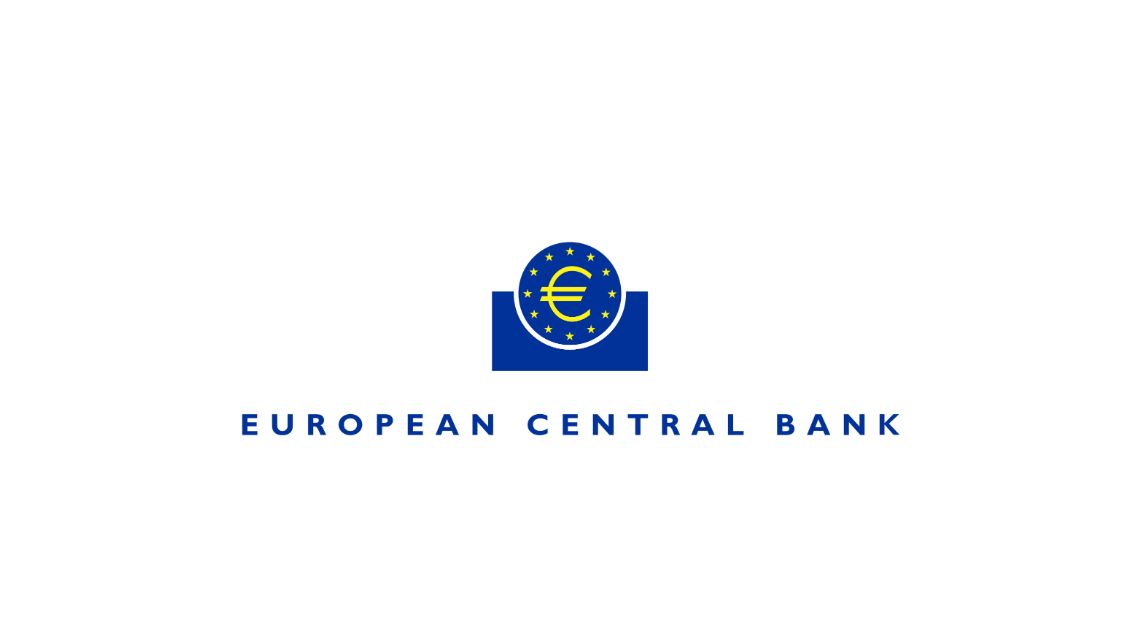
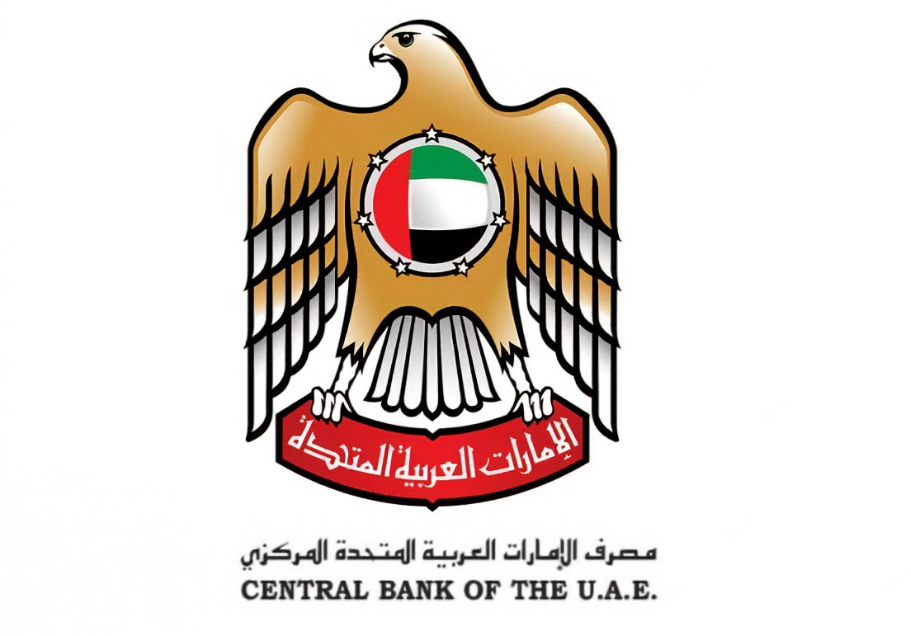

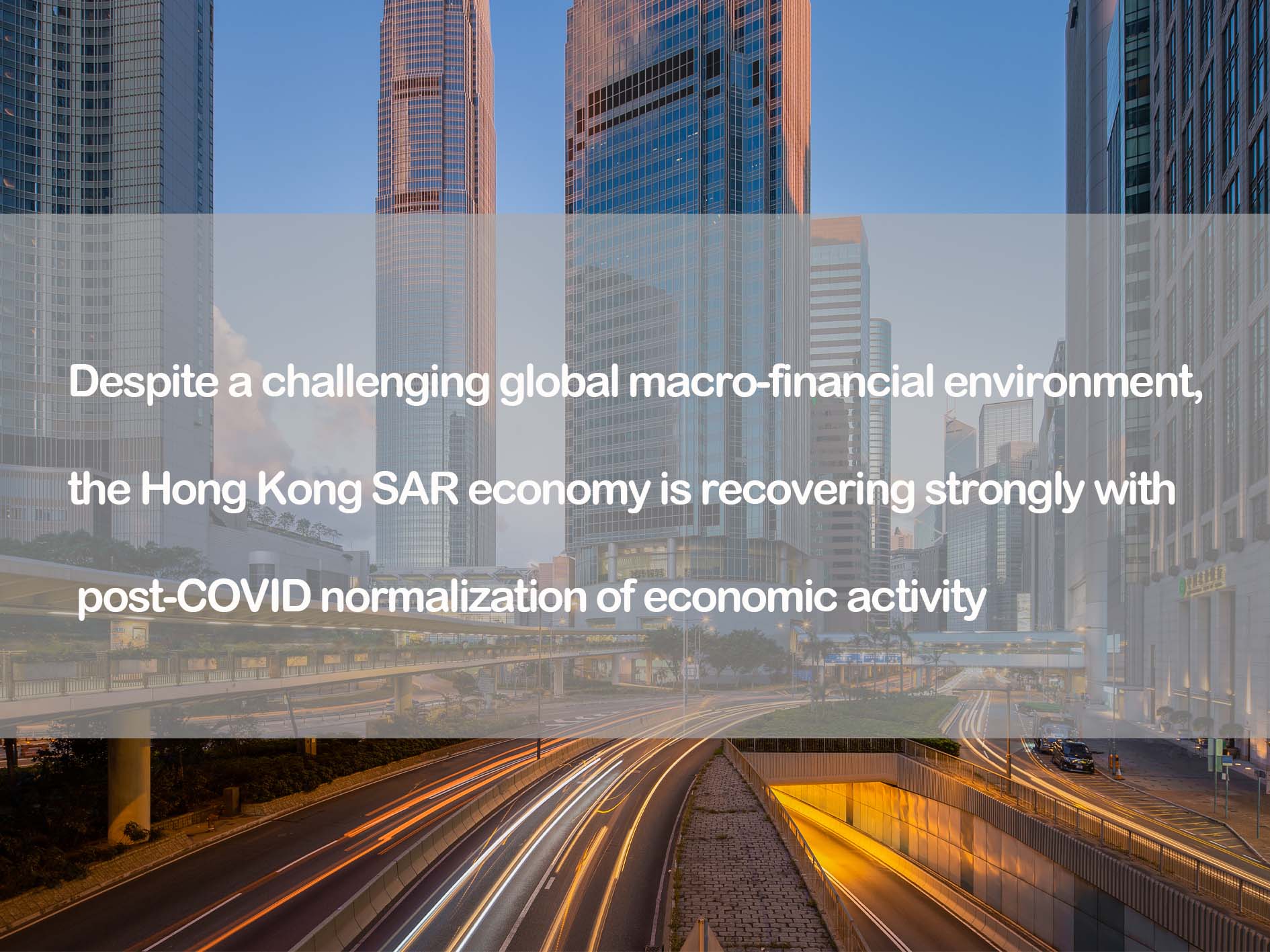

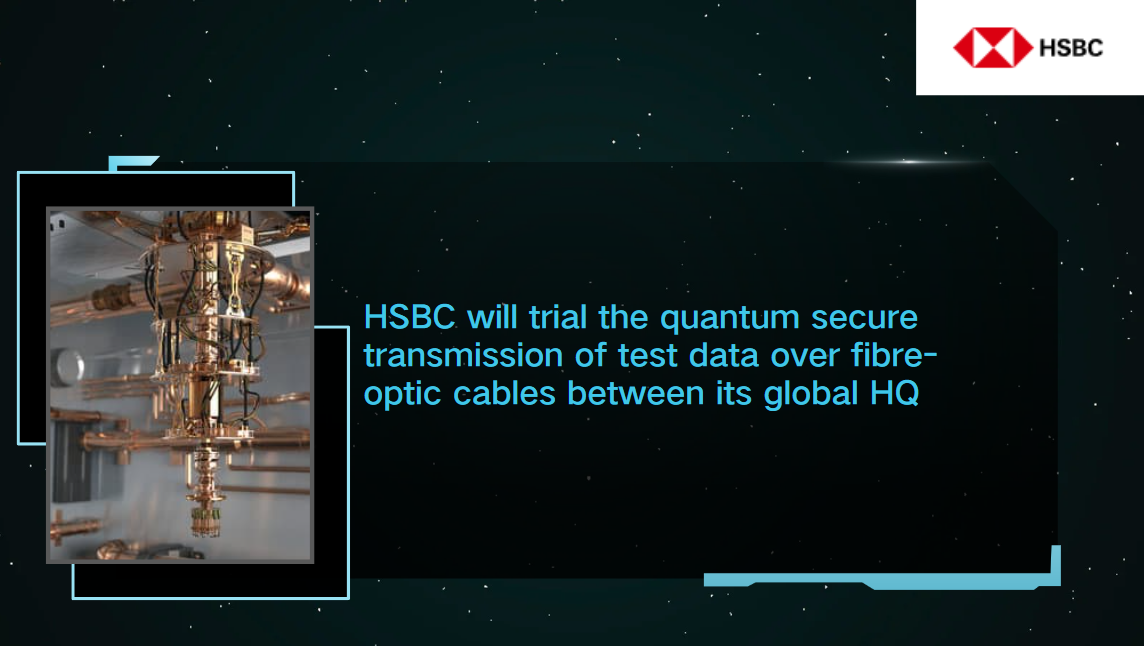
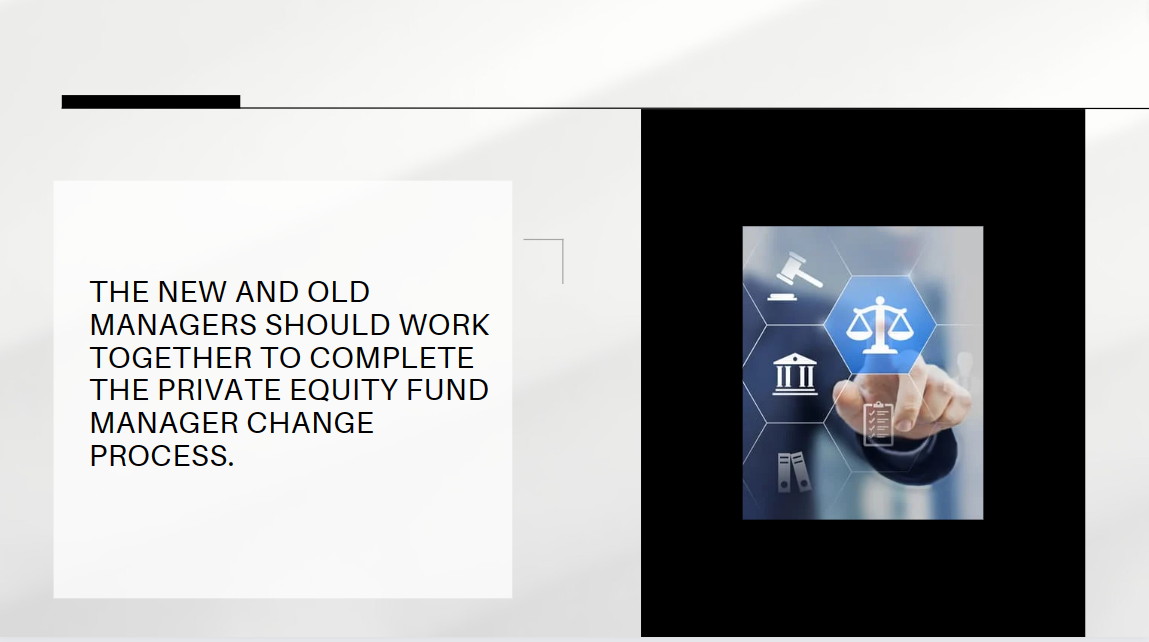
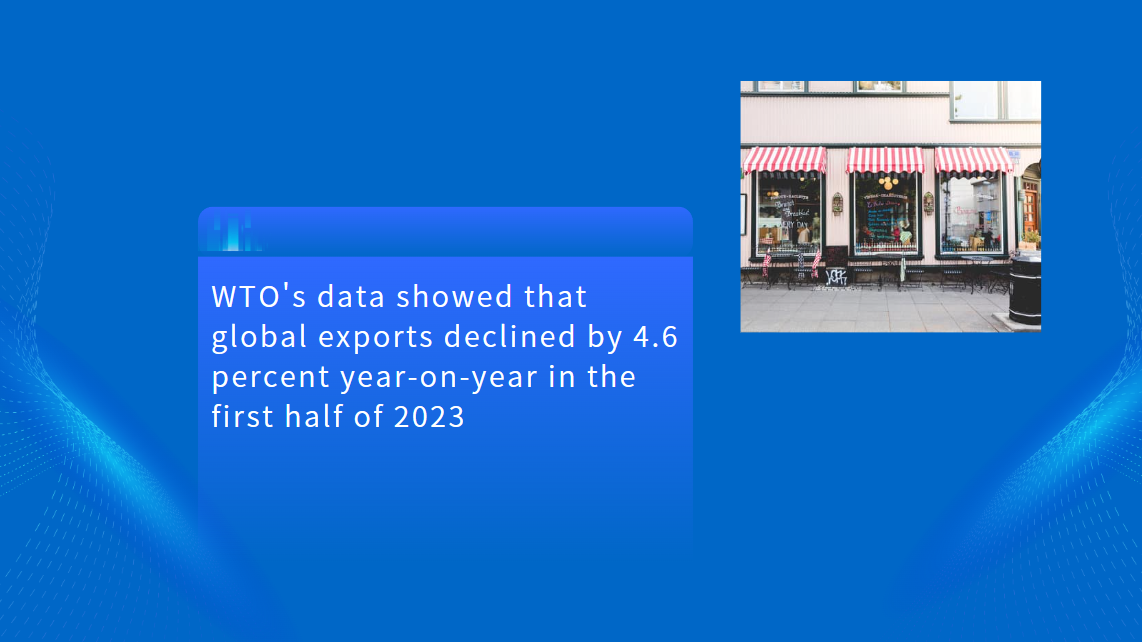
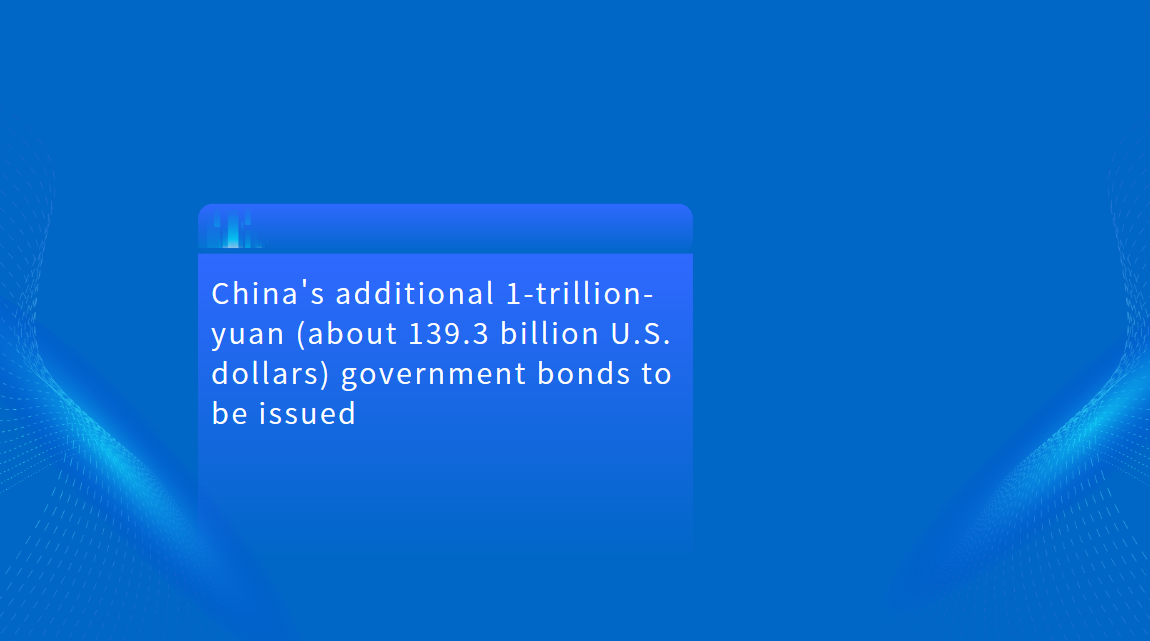


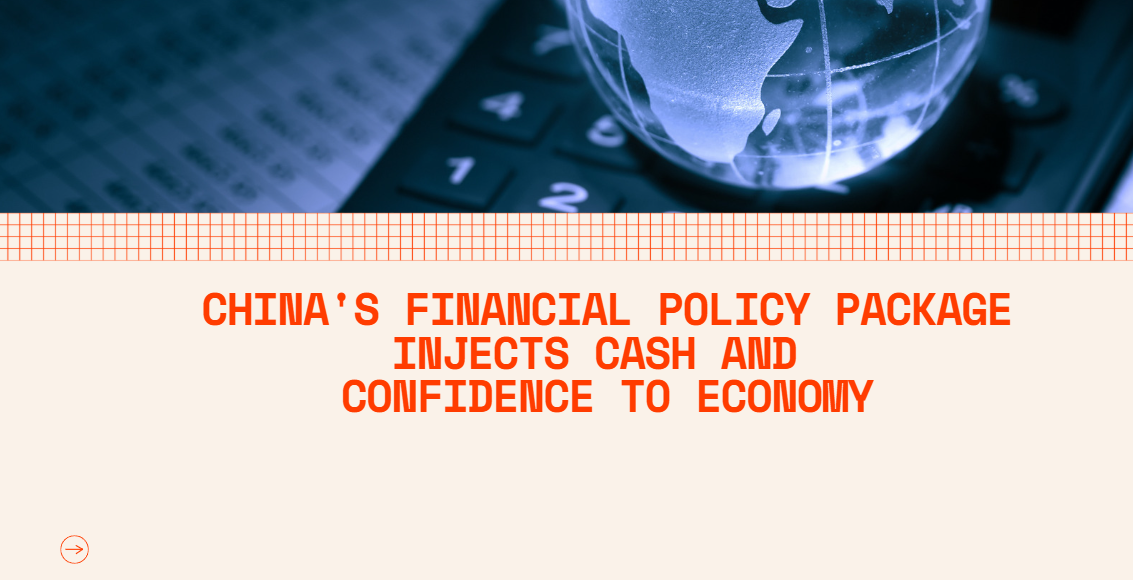

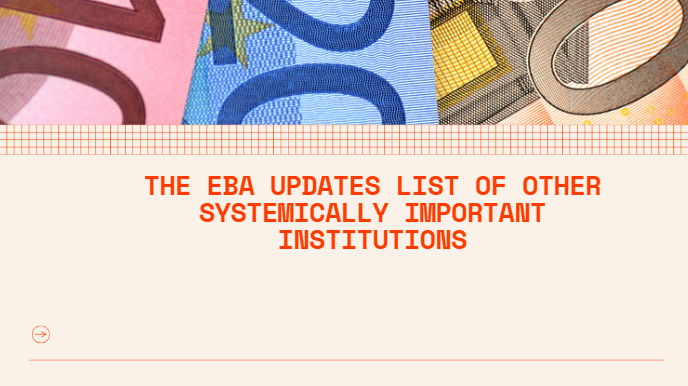




























First, please LoginComment After ~